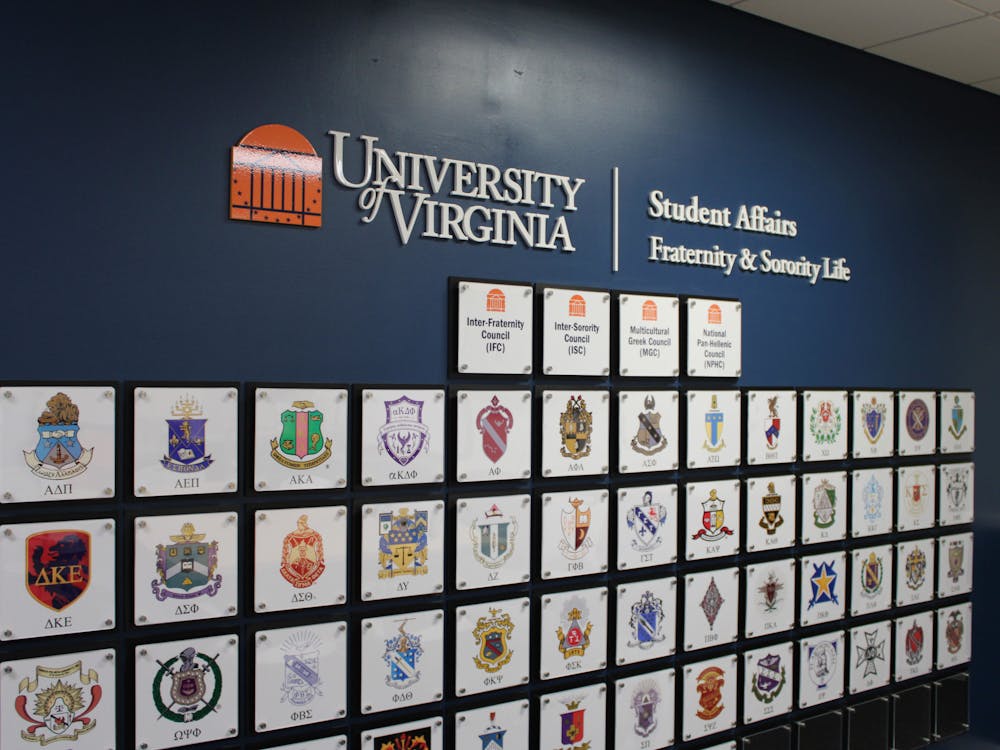As the U.S. grapples with mounting gross debt and annual budget deficits, many government departments will inevitably face cuts to their funding. The National Air and Space Administration (NASA) will be one of those departments. Already NASA has seen its meager share of the federal budget drop to below 0.5 percent, a far cry from the glory days of the mid-1960s when the administration enjoyed 4.41 percent of our taxes. At the current rates, it is estimated that the average American pays no more than $9 a year in order to support NASA — that’s the price of a meal at Subway, if you don’t get the five-dollar foot-long. Even this pitiful amount may get smaller, however, as a money-strapped Congress attempts to address the United States’ budget woes. Although it may be intellectually easy to target an agency that seems to have very little direct effect on the United States — much less Earth — NASA should be spared further budget cuts. In fact, the budget for NASA should be expanded.
Many Americans are under the misconception that money given to NASA disappears into a black hole — pun intended — that in turn spits out sparse and rarely applicable discoveries.
What they do not realize, however, is that NASA is actually a boon for the U.S. economy. In 1971, a study revealed that the discounted rate of return for NASA’s investments in research and development during 1958 was 33 percent. Private investors would kill to see such success. The business contractors and technology companies that supply NASA with the tools and equipment necessary to carry out its research employ thousands of workers and pay federal corporate income taxes. These companies would not exist without NASA. According to a 1992 article in Nature, in 1987 NASA created 209,000 private sector jobs; non-space applications of space technology account for billions of dollars in sales, hundreds of thousands of jobs, and hundreds of millions of dollars of corporate income tax — numbers that dwarf the $10-15 billion annual budget of NASA during the last two decades. The greater the budget for NASA, the wider and more comprehensive its activities, which in turn will encourage the growth of even more start-ups and industries to find civilian applications for space technology.
But the benefit from new technology is not purely economic. Several thousand technologies originally developed by NASA have made their way into the civilian sphere in some form or another, benefiting all of us in ways we do not even realize. The NASA invention of memory foam is now used to cushion the helmets of football players and helps in the manufacture of prosthetic limbs. Infant formula is more nutritious because of research into the properties of algae. We have MRIs because NASA scientists wanted better pictures of the moon. And even when NASA doesn’t invent a new technology, it often plays a role in popularizing and making more available one that was struggling on its own. Teflon and Velcro, for example, were widely utilized by NASA and subsequently found their way into the U.S. market. The bigger picture is clear: the pittance we pour into NASA feeds a pot of creativity that powers much of the United States’ innovation.
Yet perhaps the most important reason to expand NASA’s budget is that space exploration benefits our country in intangible ways. Countries flourish when they are pushing the limits of their knowledge, seeking to explain the unknown and expand their interests into new territories. The golden days of American space exploration were a period of great growth and idealism — the United States was the standard-bearer of the globe. The American people believed in themselves and the power of their ingenuity, and this belief was reflected in our relentless pursuit to put a man on the moon. It is enriching to contemplate our existence from the viewpoint of the universe: Our planet is but the tiniest of specks circling a glowing mote of dust in the cosmos, but it somehow harbors complex forms of life and a species of mammal that is self-aware and inquisitive. What better way is there to smooth out differences than to consider our situation relative to the overwhelming grandeur of the ancient cosmos?
I propose that we raise NASA’s funding to 1 percent of the U.S. budget. This is a quarter of that it was in the 1960s, when the benefits of a healthy and well-funded space administration were seen and felt by all. It has often been noted that thriving countries are marked by their commitment to research and development, and indeed the United States has always been committed to R&D — a sign that we want to create a better future for ourselves. Funding NASA means recapturing the fire of the nation’s imagination and encouraging us to rise above the petty concerns of our daily lives and divisions. Surely that is worth your nine dollars.
_Russell Bogue’s column appears Thursdays in The Cavalier Daily. He can be reached at
r.bogue@cavalierdaily.com._




